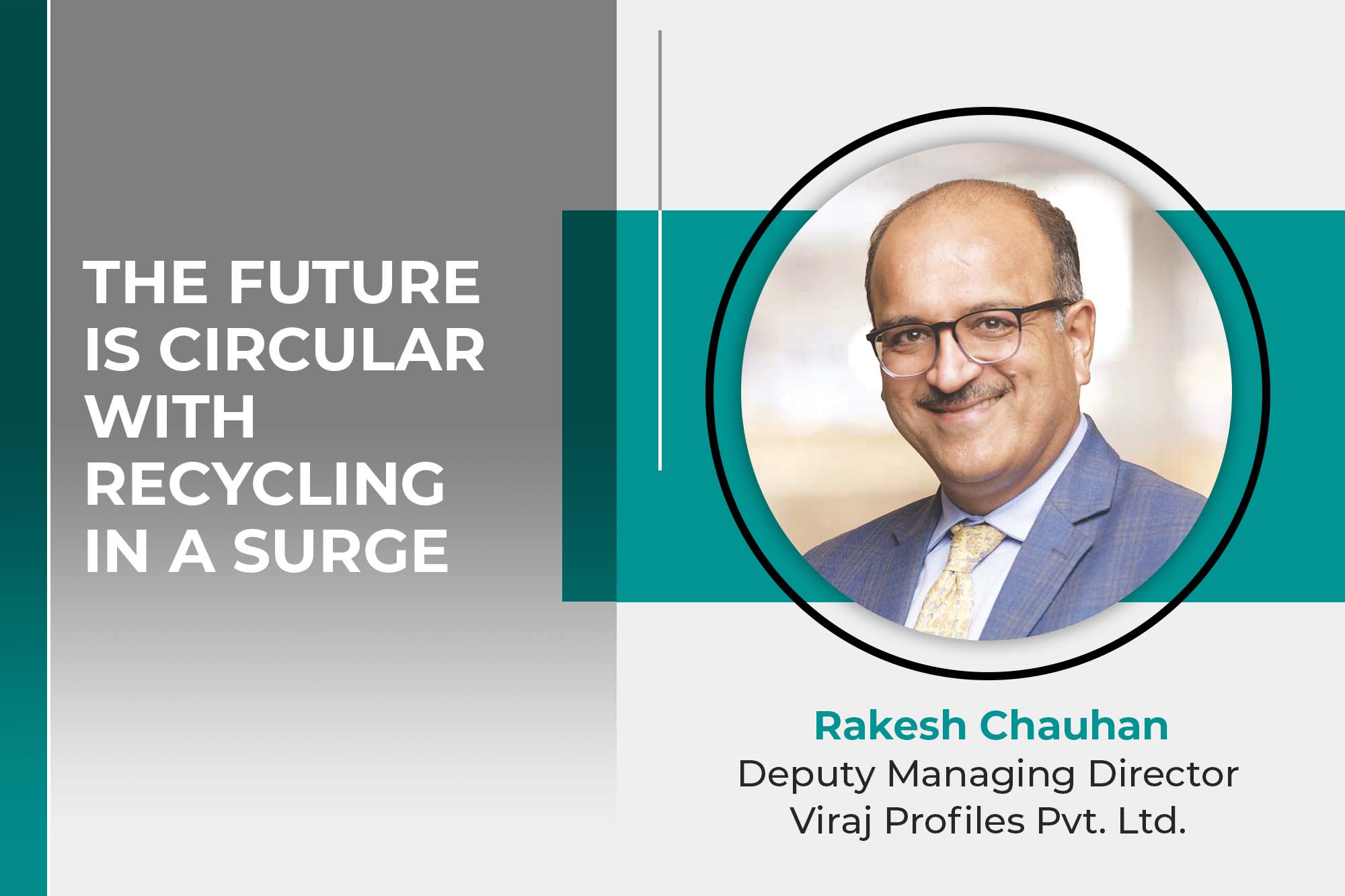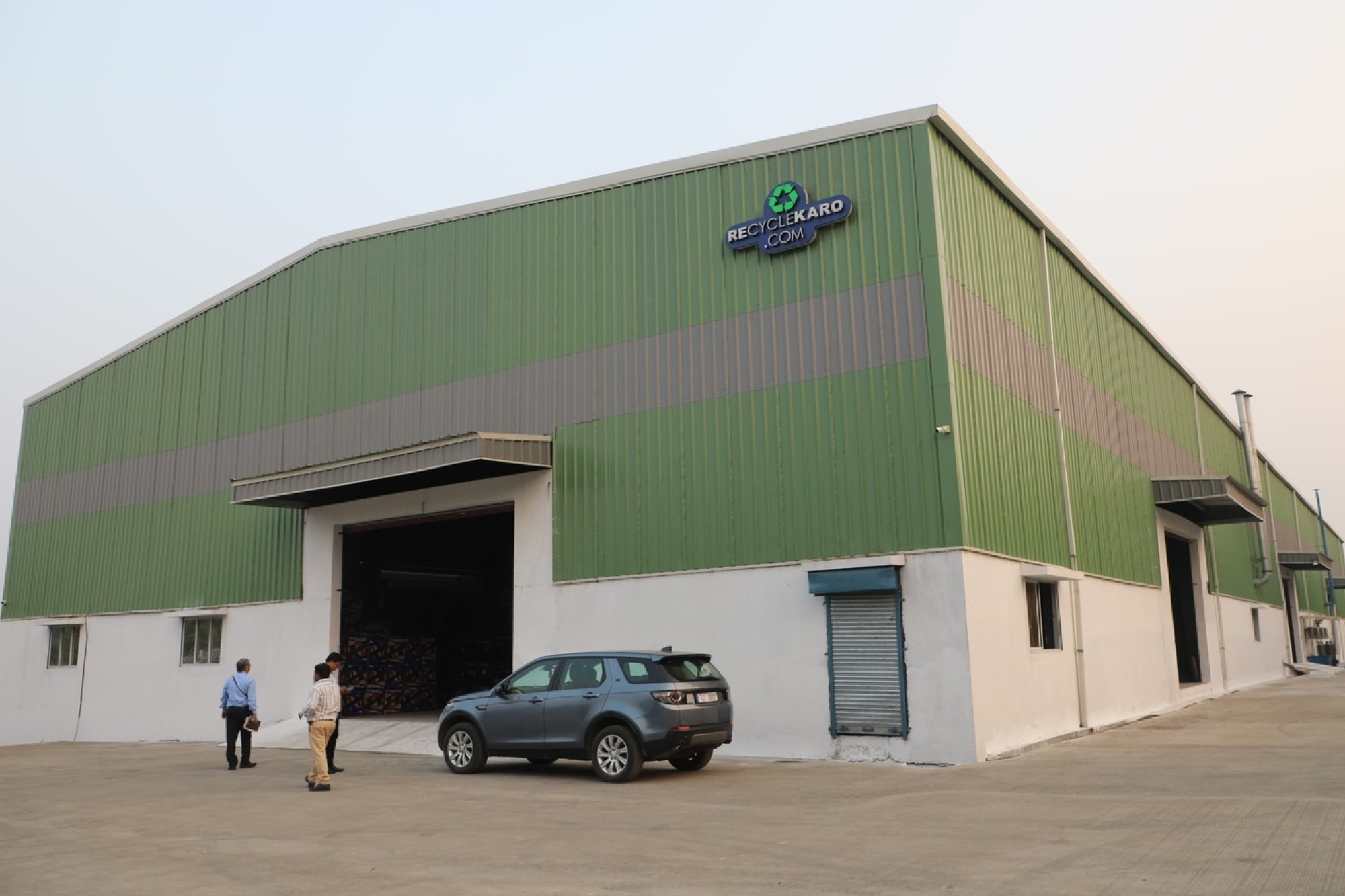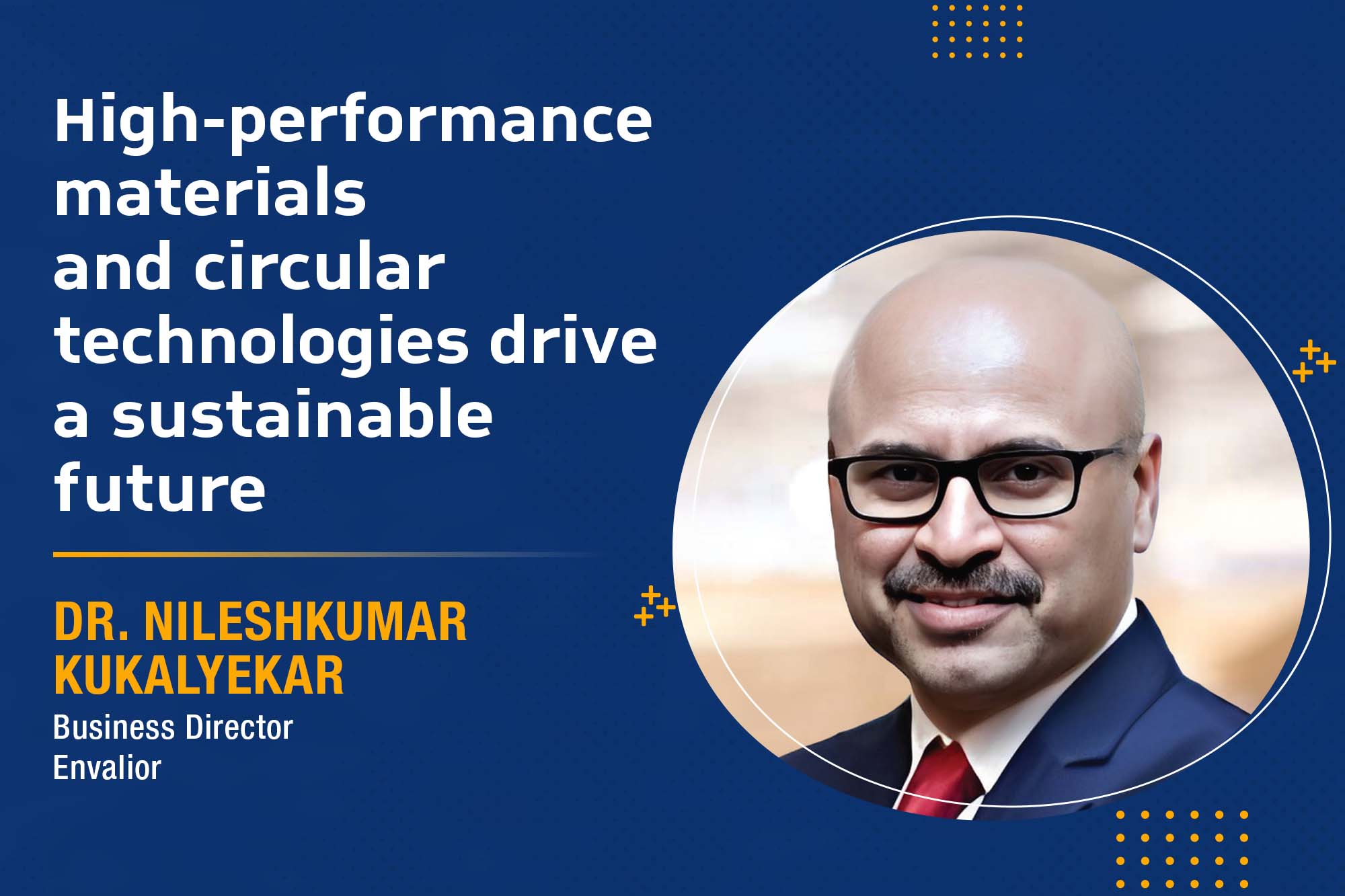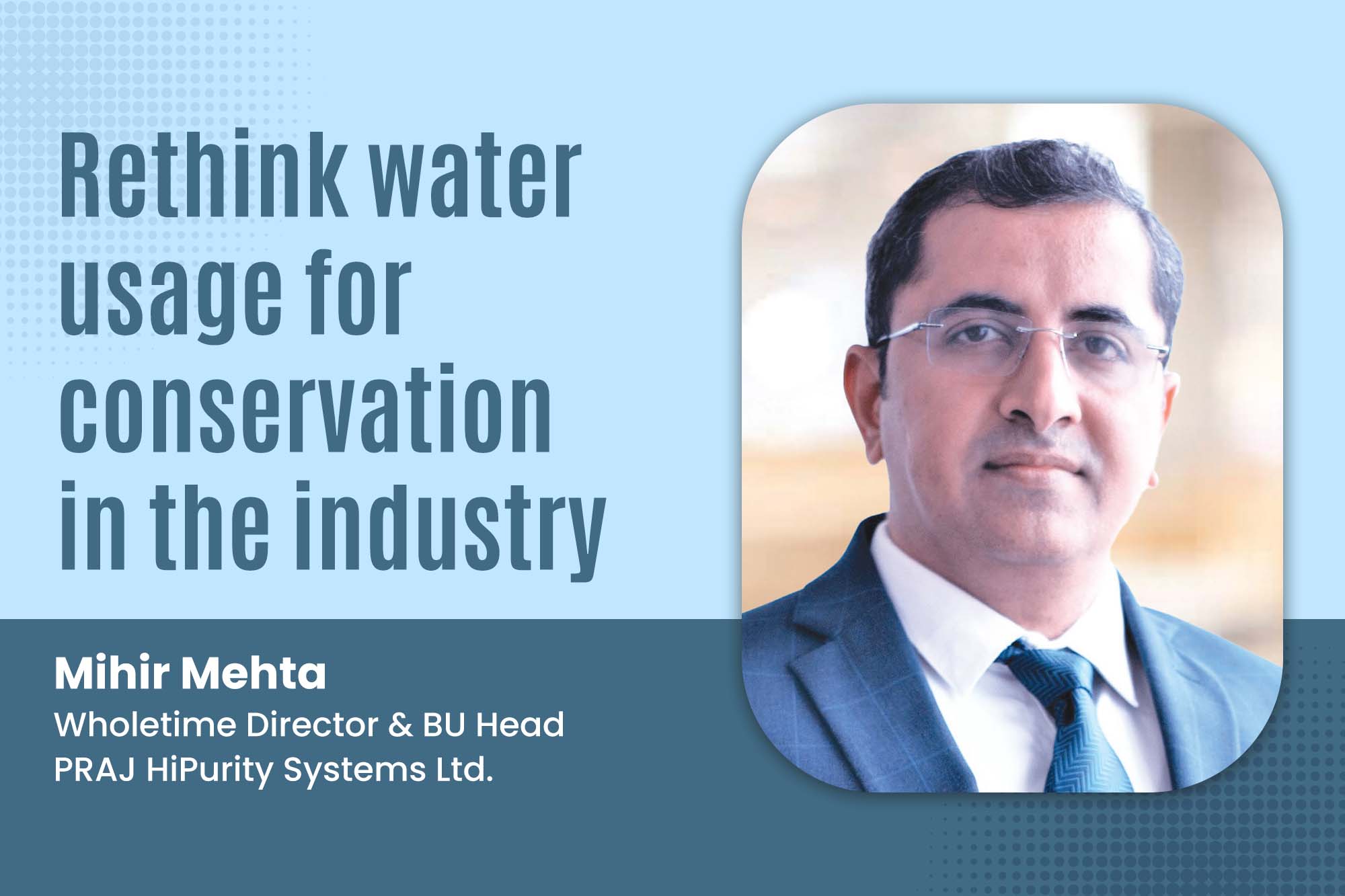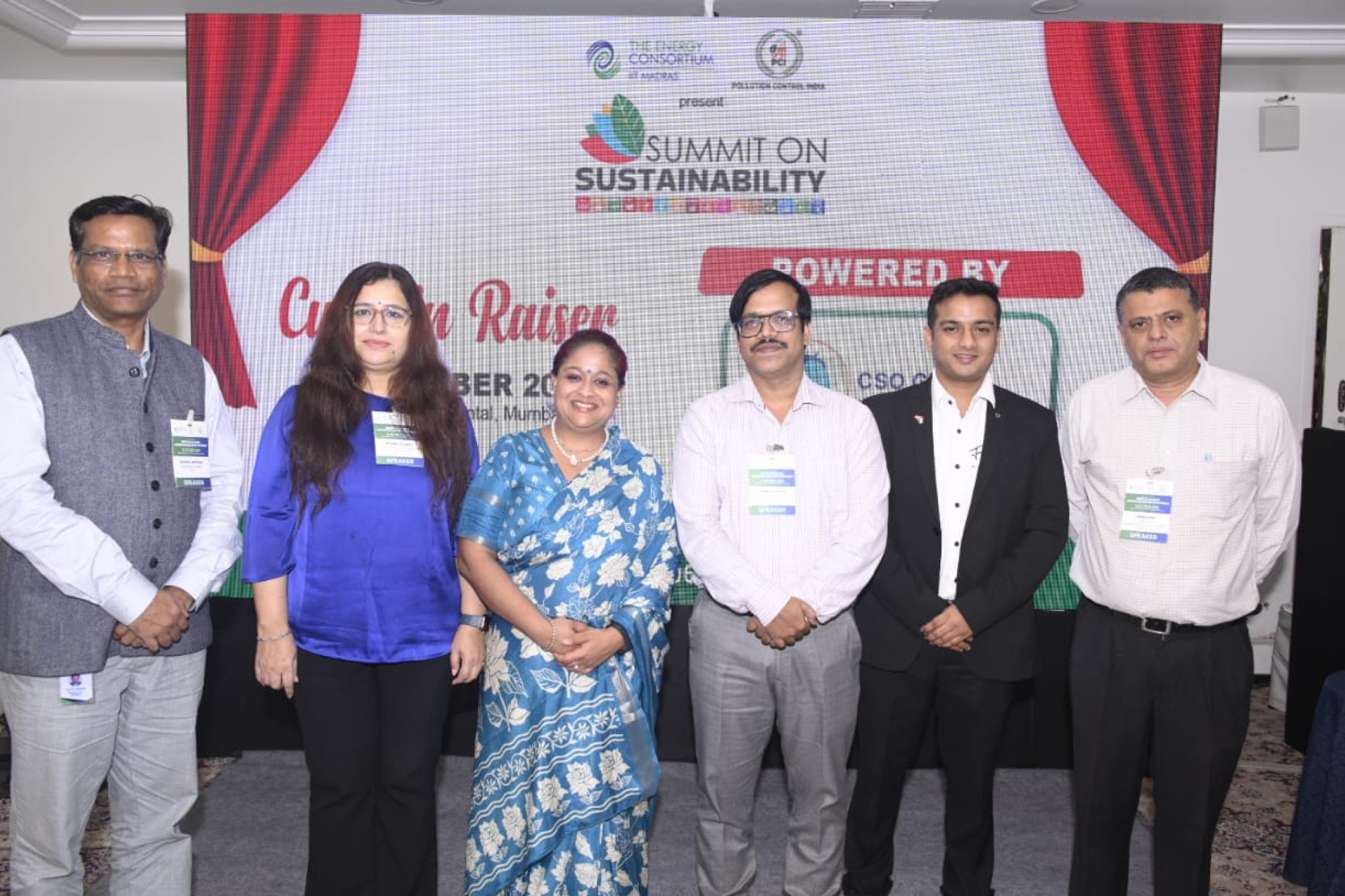The future is circular with recycling in a surge
By Staff Report August 9, 2024 6:40 pm IST
Recycled stainless steel is driving the circular economy. Highlighting the durability, versatility, and sustainability of steel, Rakesh Chauhan, Deputy Managing Director of Viraj Profiles Pvt. Limited illustrates how the transition to recycled materials will impact carbon emissions and support the NetZero commitments of manufacturing industries.
Durability has been the primary reason why industries have chosen stainless steel as a component for various applications. In the last two decades, the heavy manufacturing segment has embraced an eco-conscious approach and stainless steel has been identified as a sustainable solution that is maintenance free, enduring and 100% recyclable.
Many leading manufacturers of stainless steel products used for industrial or commercial applications have embraced the sustainable features of this alloy. Today, stainless steel stands tall by continuously benchmarking the yardstick of durability, versatile application, and sustainability. This is visible in industries using recycled stainless steel as their raw material.
Companies with well-planned sustainable alternatives forge ahead while safeguarding the environment with their overall business approach. They seek to conserve resources and minimise waste by transitioning to renewable energy for manufacturing needs or creating benchmarks in the stainless steel segment through a circular economy.

Sustainable approach
Some companies in the heavy manufacturing segment have remarkable achievements, such as converting 95% of raw materials into recycled steel. Considering the volume of business in such companies, this plays a positive and significant role in conserving natural resources and reducing waste.
The steel industry is carbon-intensive. According to IEA, McKinsey, and the World Steel Association reports, it accounts for an average of 1.4 to 1.85 tons of CO2 per ton of steel production. Recycled steel, on the other hand, has potential carbon savings of up to 1.787 tonnes CO2/t. Many steel companies have partially opted for recycled stainless steel as raw material, especially after the Paris Agreement at COP21.
The stainless steel product manufacturing process can function in a circular economy, reducing its carbon emission rates. The objective of a circular economy is to create a zero-waste system, often as a closed loop where today’s products can be tomorrow’s raw materials. Some stainless steel product manufacturers showcase this possibility very well through their detailed process of recycling stainless steel scrap to create world-class products. The generated stainless steel scrap does not end in a landfill; it is carefully collected, sourced, and reintroduced into the production chain. These products then enter majestic structures, marvellous machines and homes.
This proves that the transition to a circular economy is a sustainable solution for waste reduction and lower carbon emissions. It also helps maintain quality control throughout the manufacturing process.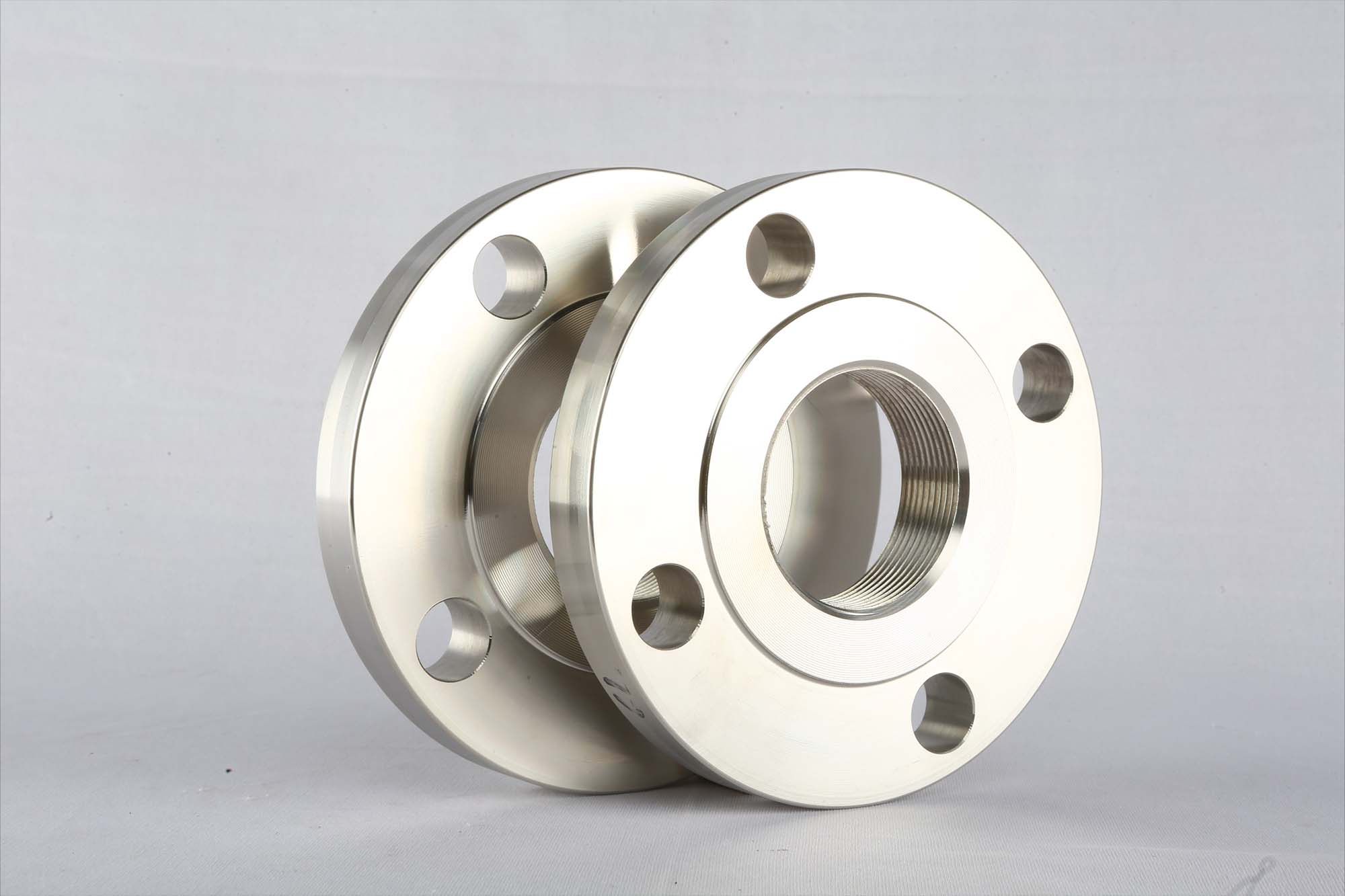
Circular economy
Pre-2015, heavy manufacturing industries like steel, cement, shipping, etc., were exempted from serious preventive actions regarding climate change and NetZero commitments. It was during the Paris Agreement that industries stepped up to the challenge. One of the major paths identified for achieving their commitment was a transition to a circular economy.
It was essential to set processes in place and many companies geared up further towards achieving Near Zero to Net Zero goals. Limiting GHG emissions, installing worldclass automated and energy-efficient machines and a conscious foray towards using renewable energy for production are steps integrated to power eco-friendly business actions.
On average, 80 per cent of recycling within the supply chain enables effective sustainability and supports operational effectiveness. Recycled stainless steel reduces the mining cost of raw materials, the overall production cost and energy consumption for manufacturing companies.
Blueprint for the future
Recycled stainless steel as a raw material can speed up the NetZero journey for manufacturers who aim to reduce their carbon footprints. It is the perfect example that with a consistent and committed action plan, the future of sustainable and profitable progress is circular.
Cookie Consent
We use cookies to personalize your experience. By continuing to visit this website you agree to our Terms & Conditions, Privacy Policy and Cookie Policy.



